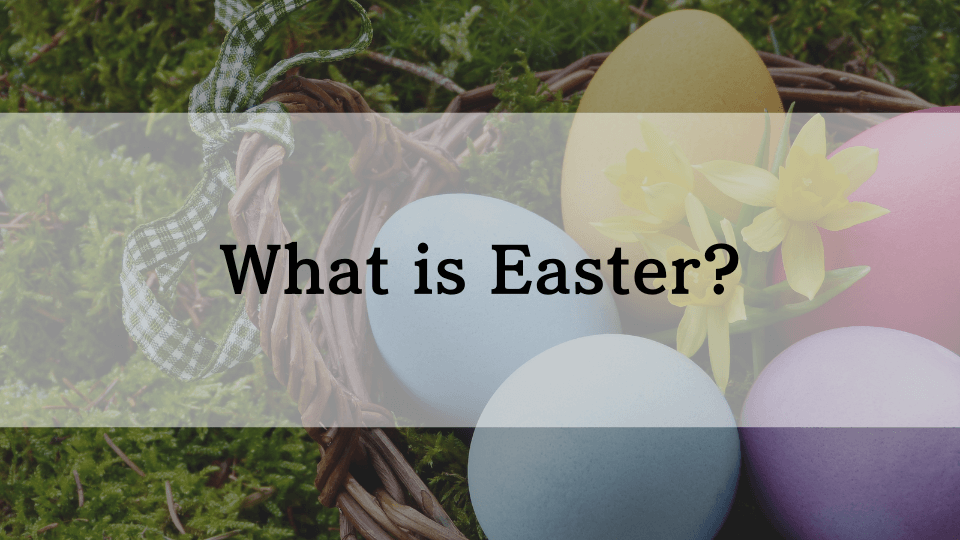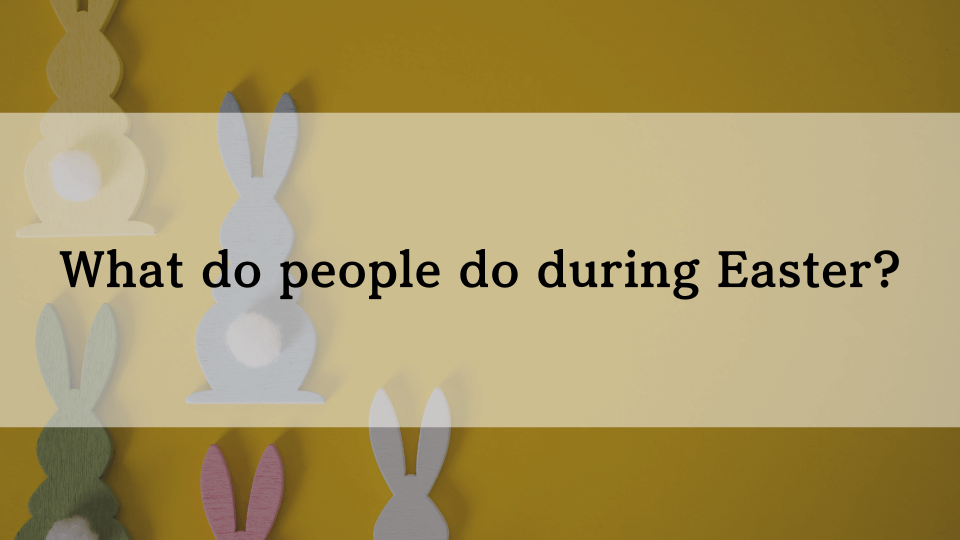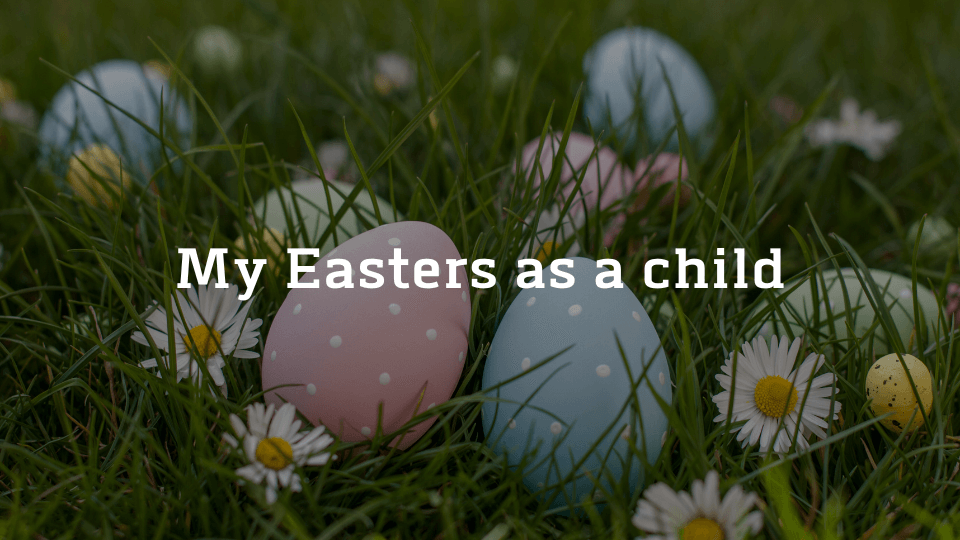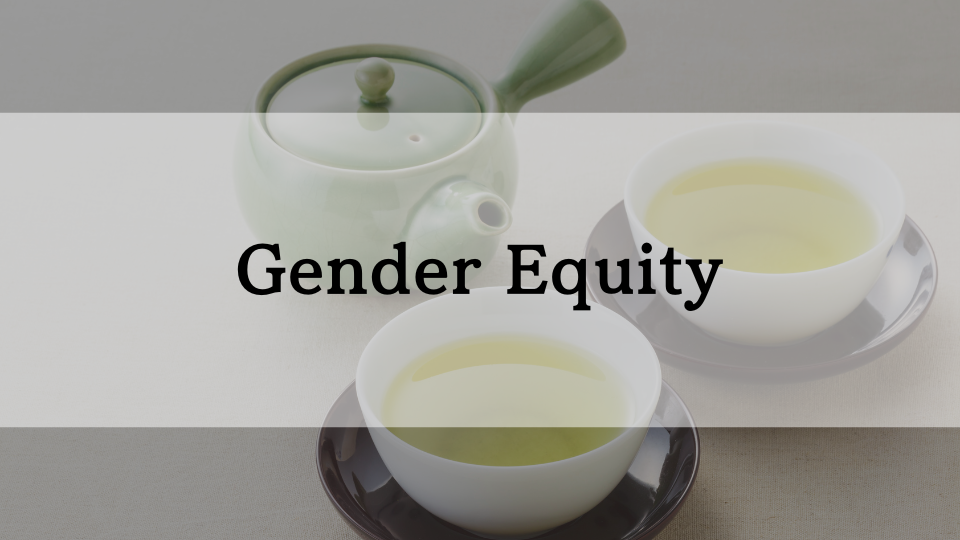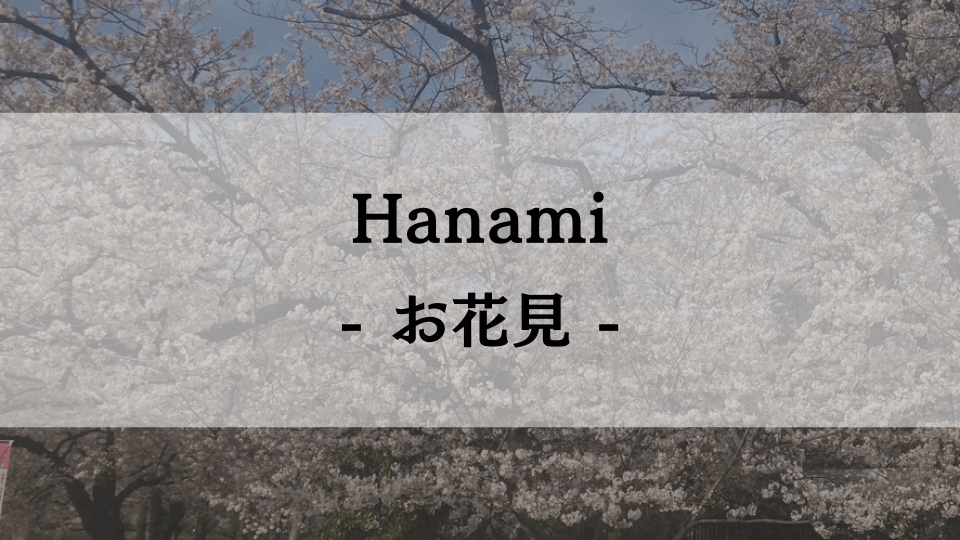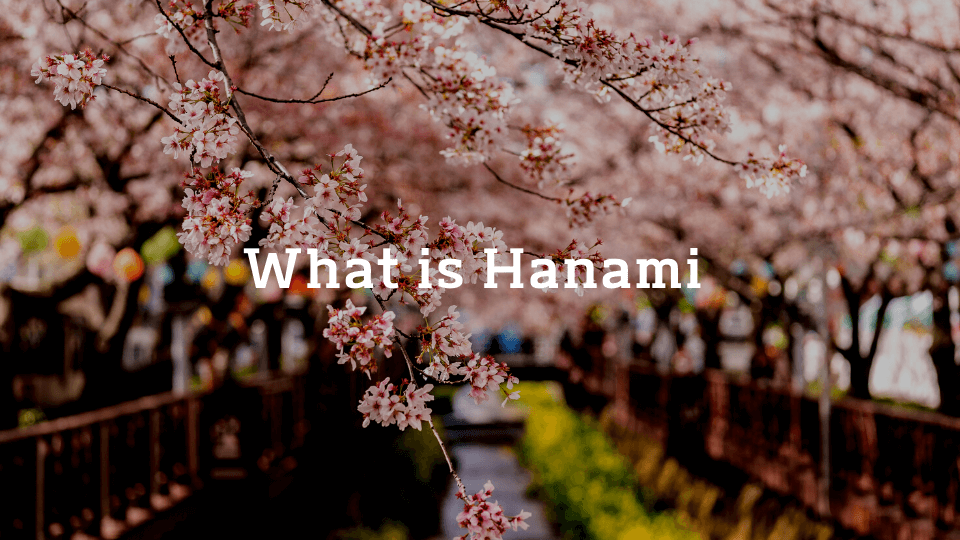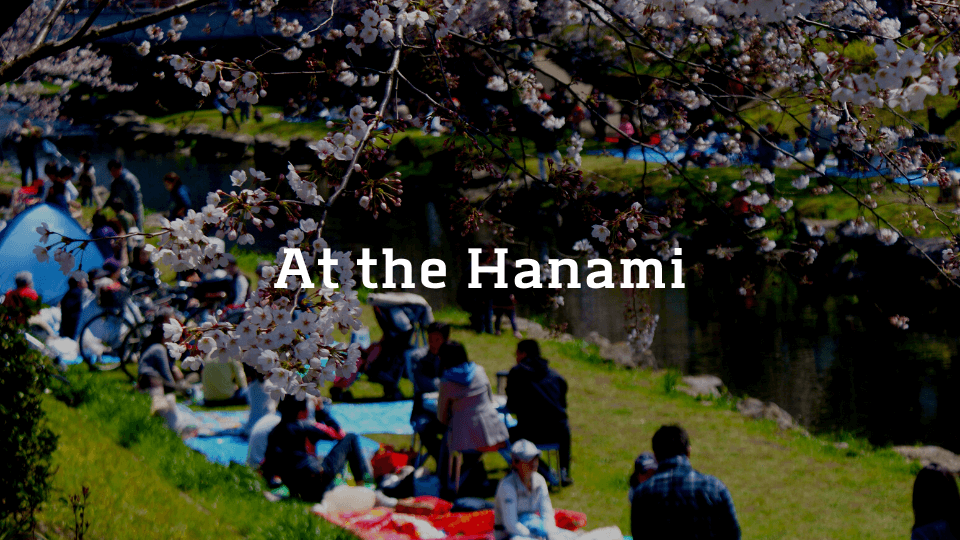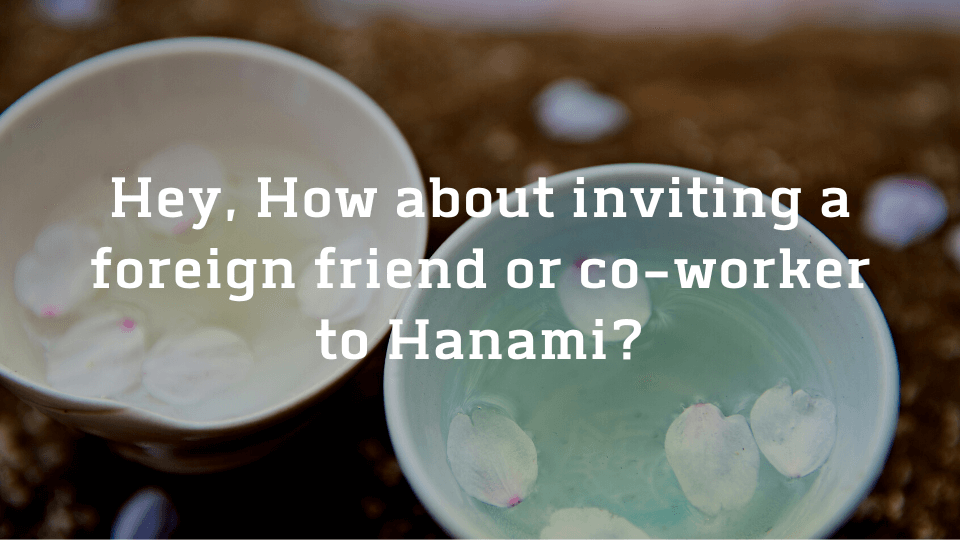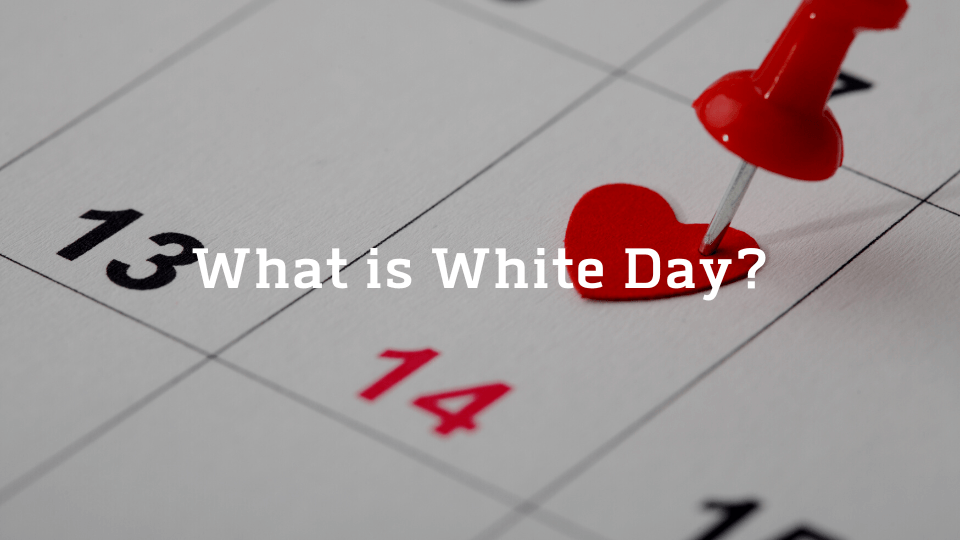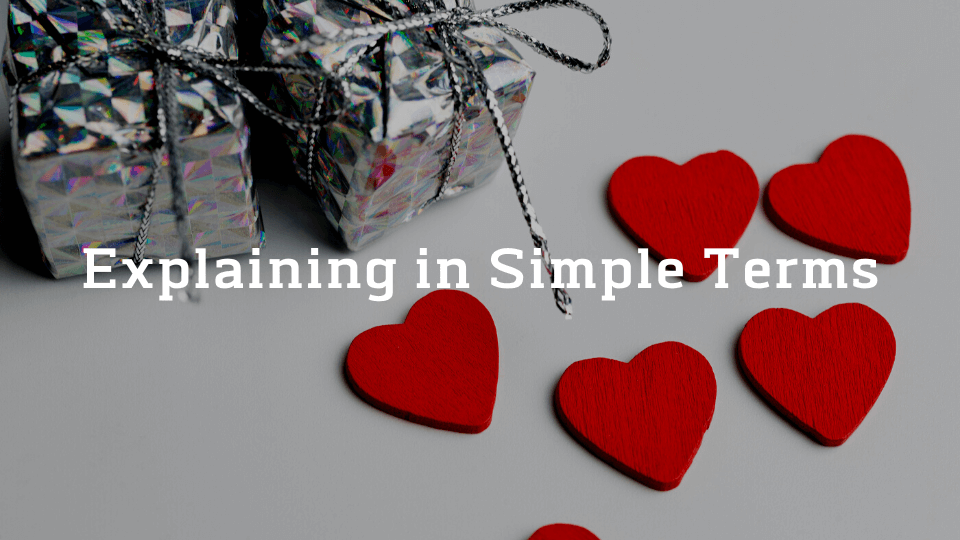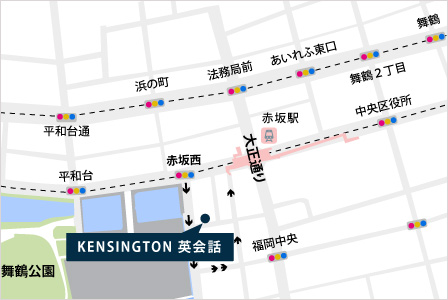【ウォーレン先生】(ブログ初投稿!)
今日は「Easter (イースター)」と呼ばれるお祝いについて、その歴史、文化的な意味合い、そして何を行うのかについてご説明します。
イースターは実際には古代の信仰とキリスト教のお祝いが混ざり合ったもので、説明が少し複雑になるため、今日は基本的なことだけに触れたいと思います。
イースターという名前は、「Eastre」または「Eostre」という、異教の豊穣の女神から来ています。
古代の宗教では祝祭は初春に行われました。キリスト教の部分は、イエス・キリストの死と復活を祝うもので、これも同じ時期に起こりました。
「Easter (イースター)」では何をするの?
イースターは約1週間にわたって祝われ、最も重要な日は金曜日と日曜日です。
これらはキリスト教の側面から来ています。
多くのキリスト教徒にとって、イースターは特に宗教行事に参加する時期です。
これには教会での礼拝への参加や、行進に加わること、そしてイエス・キリストの処刑と復活に至る出来事に思いを馳せることが含まれます。
子どもたちはイースターエッグハントに参加し、隠されたお菓子(アメリカではキャンディー)や小さなおもちゃが入った卵を探します。
また、お菓子が詰まったイースターバスケットをもらうこともあります。
卵は豊穣を象徴し、この習慣は古代の宗教的な影響を受けています。
「イースターバニー」も同様です。うさぎは繁殖力が高いことで知られています。
宗教を持たない人々(「secularism(現世主義)」)にとっては、リラックスしたり、趣味に没頭したり、家族や友人との時間を過ごしたり、旅行に出かけるなどを行う期間です。
学校では通常1週間の休暇が、労働者には長めの週末や3日間の連休が与えられます。
「Easter (イースター)」で使える英語
この項目では、「イースター」で使える英単語や英語フレーズをご紹介していきます。
Pagan、Paganism
異教/異教主義: キリスト教が主流になる前に、自然界を崇拝するヨーロッパの一連の類似した宗教に与えられた名前です。近年、「Paganism」は再び注目を集めています。
[例文]
Stonehenge and other stone circles are ancient Pagan monuments
(ストーンヘンジやその他の石の円陣は古代の異教の記念碑です)
Easter
イースター: 先に述べたように、「Easter」という言葉は異教の豊穣の女神から派生しています。
その他の豊穣の象徴には卵やウサギがあります。また、この時期の国民の祝日に使われる一般的な言葉でもあります。
[例文]
What are your plans for Easter / the Easter holidays?
(イースター/イースター休暇の予定は何ですか?)
The Easter Bunny
イースターバニー: 「Bunny (バニー)」は、子どもたちの言葉でウサギのこと。
イースターの伝承では、イースターバニーが卵を持ってきて子どもたちが探すために隠します。
Easter eggs
イースターエッグ: 前述の卵を指しますが、もっと現代的な意味での「Easter eggs」は、映画の中で本当のファンだけが気づくような小さな事柄を指します。
[例文]
The new Avengers movie has tons of Easter eggs in it!
(新しいアベンジャーズの映画にはたくさんのイースターエッグがあります!)
Ash Wednesday
灰の水曜日: キリスト教徒にとって、これは「Lent (四旬節)」の最初の日で、伝統的に40日間(6週間)続き、イースターの週まで断食と祈りの期間が続きます。
これは「Shrove Tuesday (告解の火曜日)」の翌日で、「パンケーキデー」としても知られています。
Lent
四旬節: キリスト教徒が伝統的にイエスの苦しみの時期を祈りと断食によって反映する40日間(6週間)の期間です。
Shrove Tuesday
告解の火曜日: 四旬節の前日。伝統的に四旬節では動物性製品(牛乳、卵、バター、クリームなど)の消費が禁じられています。
時間が経つにつれて、これはパンケーキデーになり、人々は残っている小麦粉、卵、牛乳を使い切るようになりました。
パンケーキデーは子どもたちにとても人気があります。
イギリスでは、パンケーキはフランスのクレープに似ていますが、アメリカではパンケーキはもっと厚いです。
[例文]
I always look forward to Shrove Tuesday because I love pancakes; especially when they are drizzled with honey and lemon juice… Yum!
(私はいつも告解の火曜日が楽しみ。なぜなら私はパンケーキが大好きだから。特に、はちみつとレモン汁をかけた時… 美味しそう!)
Good Friday
聖金曜日: 語源的には誤解を招くかもしれませんが、聖金曜日はイエスの処刑と死を祝います。
Easter Sunday
イースターサンデー、復活の主日: 「Good Friday」の後の日曜日で、イエスの復活を祝います。
私の子どもの頃の「Easter (イースター)」の思い出
イースターの日の1番の楽しみはいつもイースターエッグハントでした。
両親は庭中に卵を隠し、私と妹は夢中で駆け回り、隠された宝物を見つけるために高いところも低いところも探し回りました。
花の中や木の後ろに隠された鮮やかな色の卵を見つけた時の興奮は何物にも代えがたく、ハントが終わると誇らしげに収穫を見せ合いました。
まとめ
年齢や宗教的な信念によって、イースターは重要な時期や楽しい時期となり、さまざまな活動に参加します。
その歴史は複雑であり、社会がより世俗的になるにつれて、もしかしたらイースターは多くの人にとって関心が薄れつつあるかもしれません。
もっと知りたい場合は、ウィキペディアが良い情報源になります。
ここまで読んでいただきありがとうございます!
実践的な英語ならケンジントン英会話
ケンジントン英会話では、教科書には載っていない、生きた表現を身に付けられます。
福岡市内の教室やオンラインで、経験豊富でフレンドリーな講師と一緒に英語を学びませんか?
実践的な英語を学びたい方はケンジントン英会話の公式サイトをチェック!
[英語原文]
What is Easter?
Today I’m going to explain a little about the celebration we call “Easter”; its history, its cultural significance, and activities that people do to celebrate it. Easter is actually a mixture of old Pagan and Christian celebrations, which makes its explanation a little complicated, so I will only touch on the basics today.
The name Easter comes from “Eastre” or “Eostre”, the Pagan goddess of fertility. The Pagan celebration occurred in early spring. The Christian part comes from Jesus Christ’s death and resurrection which occurred around the same time.
What do people do during Easter?
Easter is spread over almost a week, with the most important days being Friday and Sunday. These come from the Christianity side.
For many Christians, Easter is a time of heightened religious observance. This includes attending church services, participating in processions, and reflecting on the events leading up to Jesus Christ’s crucifixion and resurrection.
Children participate in Easter egg hunts, where they search for hidden eggs filled with sweets (U.S = candy) or small toys. They may also receive Easter baskets filled with treats. The eggs represent fertility, so this part comes from the pagan side. Likewise the Easter “bunny” (rabbit), as rabbits are known to reproduce quickly.
For those who are not religious (we call it “secularism”), it can be a time to relax, do hobbies, spend time with family and friends, or go traveling, as there is usually a full week of holiday for school children and a long weekend / 3-day weekend for workers.
Key words / expressions.
Pagan / Paganism – A name given to a group of similar religions in Europe that worship the natural world, before Christianity became dominant. Paganism has seen a resurgence in recent years.
“Stonehenge and other stone circles are ancient Pagan monuments”
Easter – As mentioned previously, the word “Easter” derives from the pagan goddess for fertility; other fertility symbols being eggs and rabbits. It is also the general word used for national holidays around this time.
“What are your plans for Easter / the Easter holidays?”
The Easter Bunny – bunny is a children’s word for rabbit. In Easter folklore, the Easter rabbit brings and then hides Easter eggs for children to search for.
Easter eggs – Of course, this refers to the aforementioned eggs, but there is a more modern meaning of “Easter eggs”, and it refers to small details in a movie that only true fans will notice.
“The new Avengers movie has tons of Easter eggs in it!”
Ash Wednesday – For christians, this is the first day of “Lent”, a period of fasting and prayer that traditionally lasts 40 days (six weeks) and continues until Easter week. It is the day after “Shrove Tuesday”, also known as “Pancake day”.
Lent – A period of 40 days (6 weeks) when christians traditionally reflect on a time of Jesus’ suffering by praying and fasting.
Shrove Tuesday – The day before Lent – traditionally, Lent forbids consuming animal products such as milk, eggs, butter, cream, etc. Over time, this became pancake day, as people used up their remaining flour, eggs, and milk. Pancake day is very popular with children. In the U.K., pancakes are similar to French crepes, but in the U.S., pancakes are much thicker.
“I always look forward to Shrove Tuesday because I love pancakes; especially when they are drizzled with honey and lemon juice… Yum!”
Good Friday – Arguably a misnomer, Good Friday celebrates Jesus’ crucifixion and death.
Easter Sunday – The Sunday after Good Friday, it celebrates Jesus’ resurrection.
My Easters as a child.
The highlight of Easter day was always the Easter egg hunt. My parents would hide eggs around the garden, and my sister and I would eagerly dash around, searching high and low for the hidden treasures. The thrill of finding a brightly colored egg nestled in the flower or tucked behind a tree was unmatched, and we’d proudly show off our haul once the hunt was over.
And so…
Depending on one’s age and if one is religious or not, Easter can be an important or fun time, with people doing different activities.
Its history is complicated, and as society is becoming more secular, perhaps Easter is becoming less relevant to most people.
If you wish to know more, Wikipedia would be a good source of information.
Thanks for reading!
~*~*~*~ \ Follow me / ~*~*~*~
Instagram : @kensington_eikaiwa
Twitter : @Kensington_Eng
Facebook : @kensingtoneikaiwa
YouTube : KENSINGTON英会話
~*~*~*~*~*~*~*~*~*~*~*~*~*
◆お問い合わせはこちら
ケンジントン英会話:お問い合わせフォーム






















